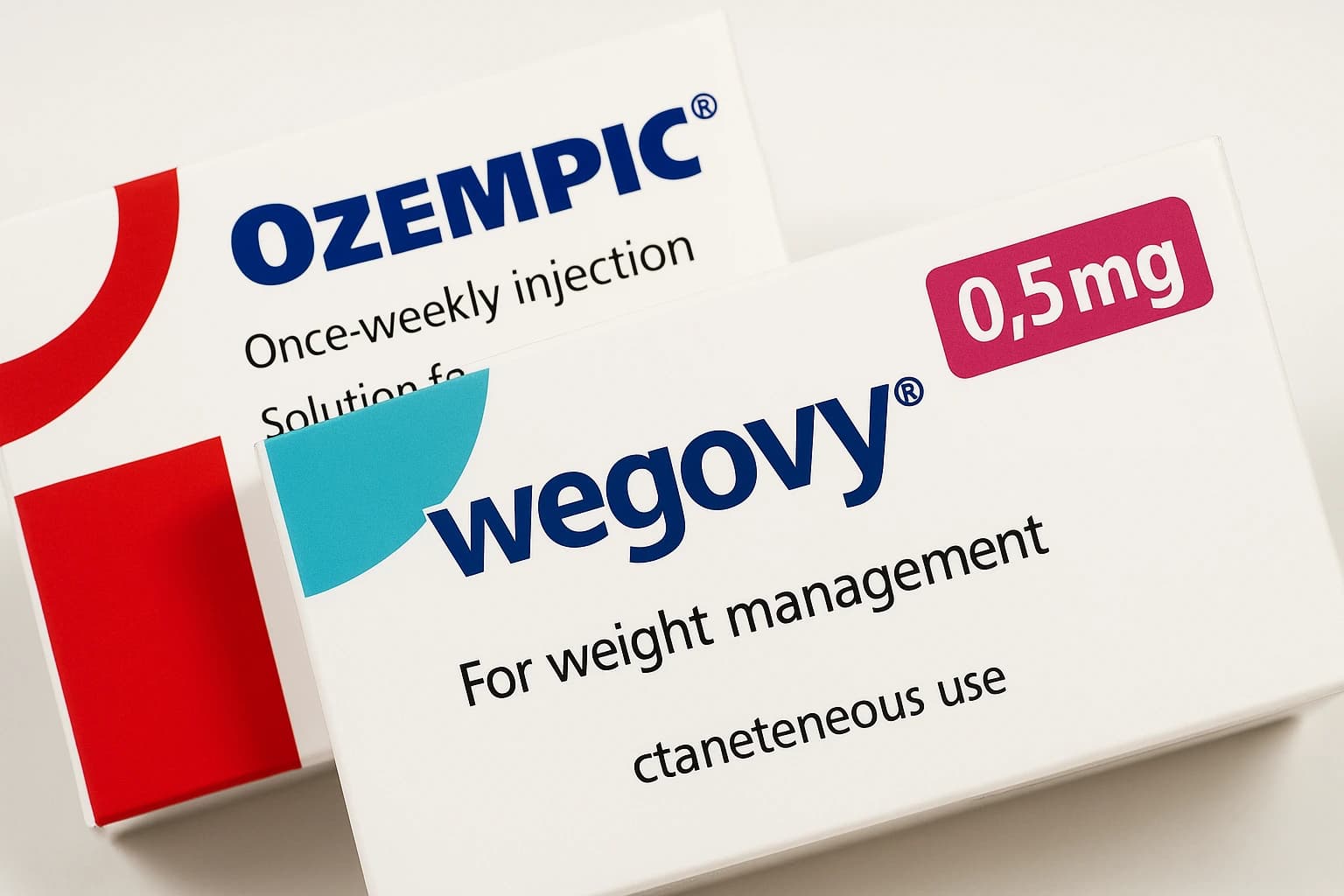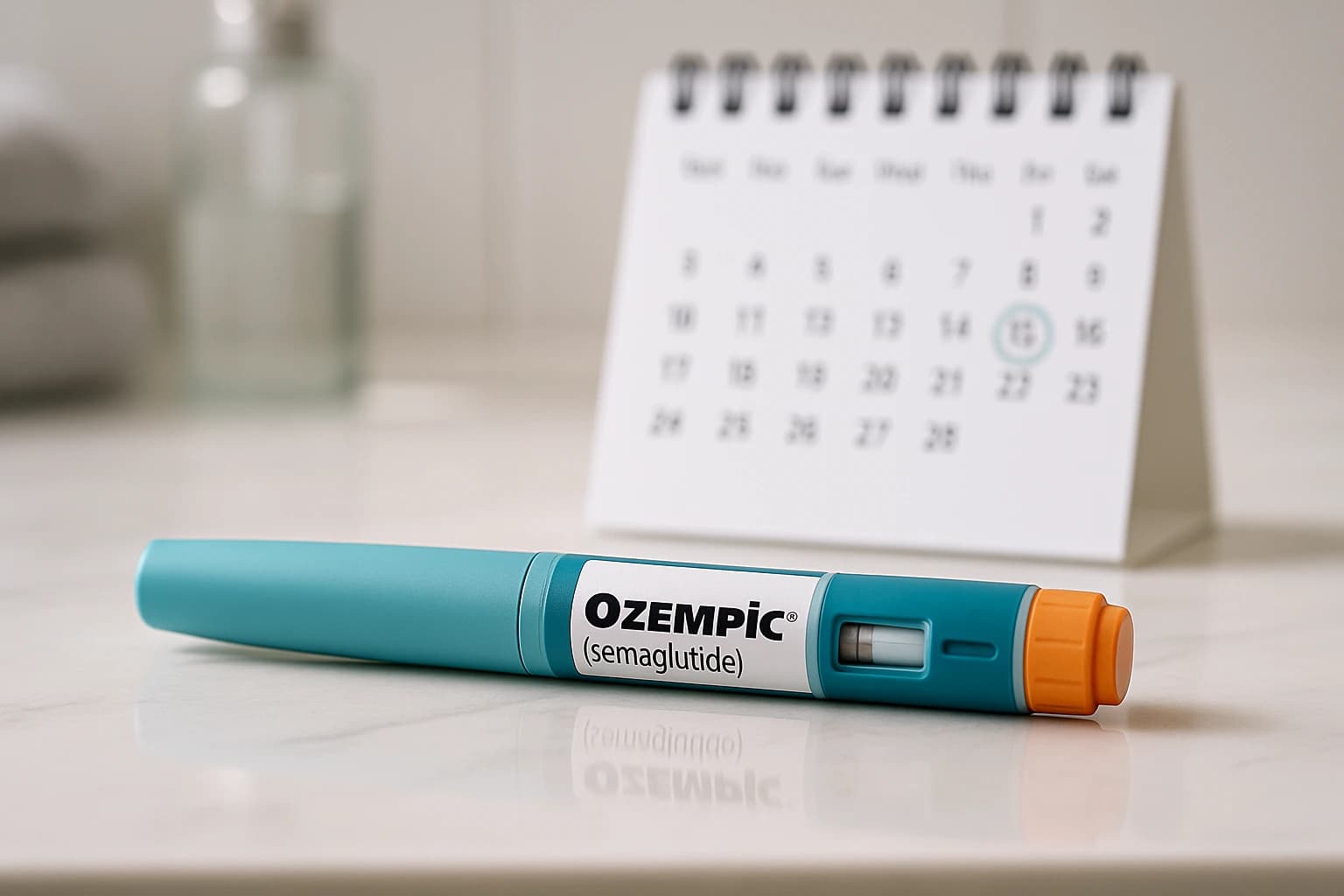Key Takeaways
Missing one dose usually isn’t dangerous but may reduce Ozempic’s effectiveness for blood sugar control or weight loss.
If you remember within 5 days, take the missed dose as soon as possible. If more than 5 days have passed, skip it and continue your normal schedule.
Do not double up on doses — taking two injections too close together increases the risk of nausea, vomiting, and other side effects.
Repeated missed doses can make restarting more difficult, sometimes requiring a lower re-titration dose to avoid stomach upset.
Always consult your healthcare provider if you miss more than one week or aren’t sure how to restart treatment.
Ozempic (semaglutide) has become one of the most widely prescribed medications for both type 2 diabetes and weight management. Its once-weekly injection schedule makes it more convenient than daily pills or shots — but what happens if life gets busy and you forget a dose?
The answer depends on how long it’s been since your scheduled injection. Thanks to semaglutide’s long half-life of about 7 days, the drug stays in your system longer than many medications. That means missing one dose won’t immediately undo all your progress, but it can weaken the consistency your body relies on for stable blood sugar and appetite control.
This article breaks down what happens if you miss a dose of Ozempic, possible side effects, and how to safely get back on track. We’ll also cover practical tips, dosing rules, and when it’s best to call your doctor for guidance.




